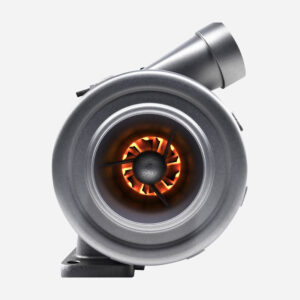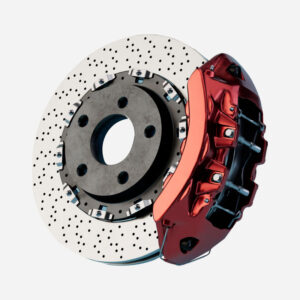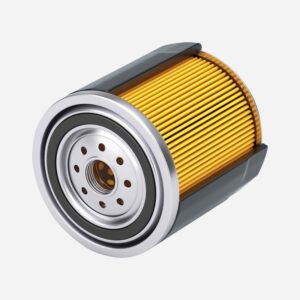Subtotal: ₹3,286.00
Driving in Winter Weather
The Basics
Slow down. It’s harder to control or stop your vehicle on a slick or snow-covered surface. In fact, in 2021, there were an estimated 121,156 police-reported crashes that occurred when there was snow/sleet conditions at the time of the crash. On the road, increase your following distance enough so that you’ll have plenty of time to stop for vehicles ahead of you.
Don’t crowd a snow plow or travel beside the truck. Snow plows travel slowly, make wide turns, stop often, overlap lanes, and exit the road frequently. If you find yourself behind a snow plow, stay far enough behind it and use caution if you pass the plow.
What to Do in an Emergency
If you are stopped or stalled in wintry weather, stay focused on yourself and your passengers, your car, and your surroundings.
- Stay with your car and don’t overexert yourself.
- Let your car be seen. Put bright markers on the antenna or windows and keep the interior dome light on.
- Be mindful of carbon monoxide poisoning. Make sure your exhaust pipe is clear of any snow and run your car only sporadically — just long enough to stay warm. Don’t run your car for long periods of time with the windows up or in an enclosed space
As the outside temperature drops, so does tire inflation pressure. Make sure each tire is filled to the vehicle manufacturer’s recommended inflation pressure, which is in your owner’s manual and on a label located on the driver’s side door frame. Do not inflate your tires to the pressure listed on the tire itself. That number is the maximum pressure the tire can hold, not the recommended pressure for the your vehicle.
Mahesh


Before You Go
Stock Your Vehicle
Carry items in your vehicle to handle common winter driving-related tasks, and supplies you might need in an emergency, including:
- a snow shovel, broom, and ice scraper;
- abrasive material (sand or kitty litter), in case your vehicle gets stuck in the snow;
- jumper cables, flashlight, and warning devices (flares and emergency markers);
- blankets for protection from the cold; and
- a cell phone and charger, water, food, and any necessary medicine.







